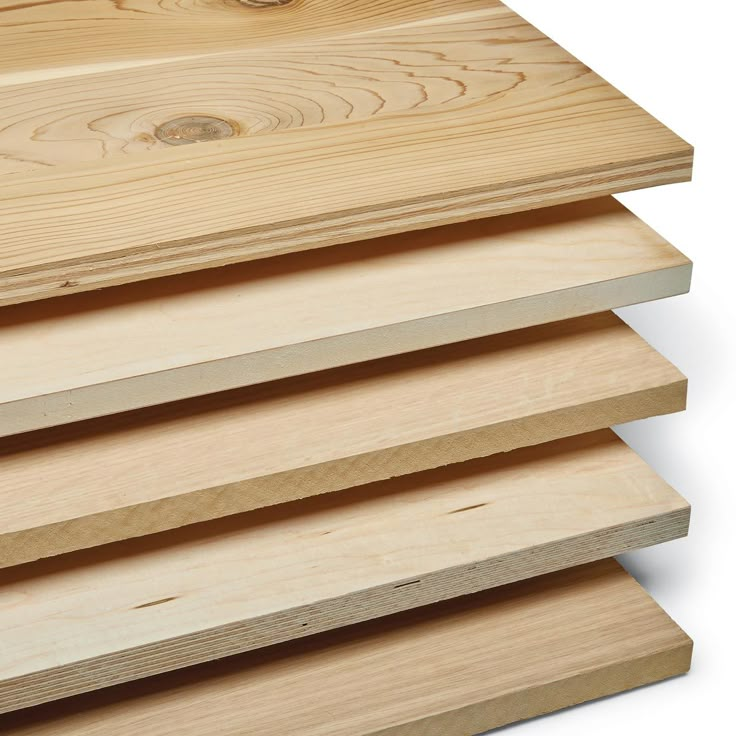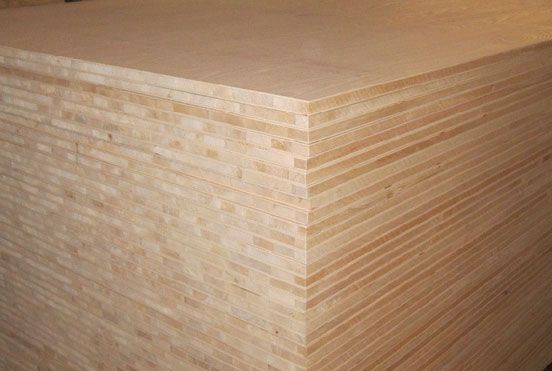Choosing between blockboard and plywood is a common decision homeowners and professionals face when building interiors-especially in a city like Bangalore, known for its moderately humid climate and seasonal rains. This guide by RAAJPANEL breaks down the core differences between the two materials, including performance, cost, and application-specific recommendations tailored for urban homes.
What’s the Difference Between Plywood and Blockboard?
Both blockboard and plywood are engineered wood products, but they differ significantly in construction, strength, and ideal usage.
| Feature | Plywood | Blockboard |
| Strength | High load-bearing capability | Strong for vertical applications |
| Moisture Resistance | High (especially in BWP grades) | Moderate to High (especially BWP) |
| Weight | Heavier | Lighter, easier to handle |
| Best Use | Cabinets, shelves, and kitchens | Doors, panels, and long vertical areas |
| Cost | Medium to High | Budget-friendly |
Which is More Expensive – Plywood or Blockboard?
Plywood
Blockboard


- Typically, more expensive due to multi-layered construction and use of high-resin adhesives.
- BWP (Boiling Water Proof) or marine-grade plywood is the most durable and moisture-resistant.
- The Classic BWP Grade Plywood from RAAJPANEL is perfect for durable interior solutions.
- More economical, especially for larger vertical surfaces or areas with minimal moisture.
- RAAJPANEL’s Zero Gap Blockboards offer excellent value and structural integrity at a competitive price.
Which is Better for Bangalore’s Weather?
Bangalore’s moderate humidity and rainy seasons make moisture resistance a key factor in material selection.
- Greater dimensional stability.
- Recommended for kitchens, wardrobes, bathrooms, and utility spaces.
- RAAJPANEL’s Classic MR and BWP plywoods are engineered to perform under Bangalore’s climatic conditions.
- Best suited for vertical applications like doors and wall panels.
- RAAJPANEL’s Zero Gap BWP Blockboard provides added protection against moisture for long-term paneling needs.
Application Guide – Where to Use Plywood vs Blockboard
| Use Area | Recommended Material | RAAJPANEL Product |
| Kitchen Cabinets | Plywood (BWP) | Classic BWP Grade Plywood |
| Wardrobes & Shelves | Plywood (MR / BWP) | Classic MR Grade / Jamply 16mm |
| Interior Doors | Blockboard (MR) | Zero Gap MR Grade Blockboard |
| Long Wall Panels | Blockboard (BWP) | Zero Gap BWP Blockboard |
| Bathroom Furniture | Plywood (BWP) | Goldclass BWP Calibrated Plywood |
Explore RAAJPANEL’s Full Range
- Classic MR Grade Plywood
- Classic BWP Grade Plywood
- Goldclass BWP Calibrated Plywood
- Jamply 16mm Calibrated Plywood
- Zero Gap MR Grade Blockboard
- Zero Gap BWP Grade Blockboard
Conclusion: Which Should You Choose?
Both plywood and blockboard serve distinct purposes, and your choice should depend on:
- The location of use (horizontal vs vertical)
- Expected load or structural requirement
- Moisture exposure in the installation area
For durability, water resistance, and long-term performance, opt for RAAJPANEL’s calibrated BWP plywood. For doors, partitions, and cost-efficient vertical solutions, choose Zero Gap Blockboards – where innovation meets reliability.
Explore our full range and make the right choice for your space.


